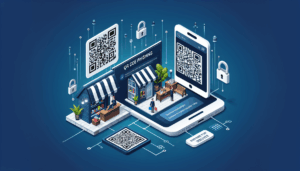DIY Cybersecurity Playbook: Build Your SMB Security Program Solo
If you’re a small business owner wearing all the hats, from CEO to IT helpdesk, let me tell you why having a solid cyber playbook isn’t just a “nice to have” anymore. It’s your business’s digital survival kit. Threats are no longer just targeting big-money corporations. These days, the bad guys know small businesses often have weaker defenses, and they’re exploiting that. The good news? You don’t need a six-figure budget to defend yourself. You just need to follow a clear, realistic plan, your very own cyber playbook.









